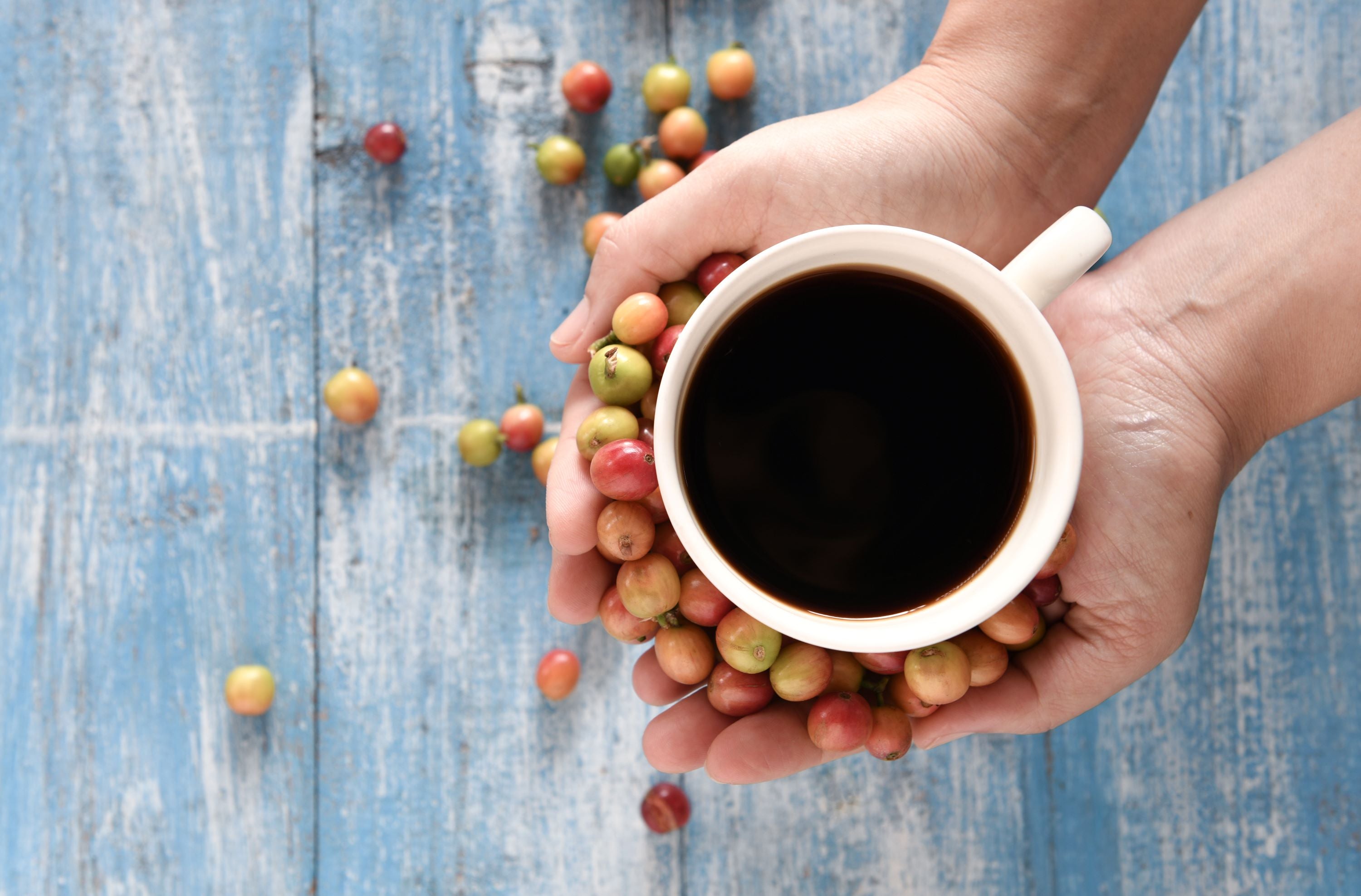
The Journey Of The Coffee Bean (From Bean To Brew)
You know what your favourite coffee is, what type of roast it is, and likely even where the beans come from. But do you know how your coffee beans get from the plant to your cup? True coffee lovers can appreciate the amazing process - part art, and part science - of how an unassuming coffee bean can become the delicious brew you enjoy every day.
Picking The Beans
Where coffee is grown can have a significant effect on the eventual taste of the brew. But no matter where the coffee is grown - it has to be picked!
Coffee beans are actually seeds that grow in a coffee “cherry”. When the coffee cherry is ripe, it turns a bright, deep red. Inside the ripe cherry is a green coffee bean. Picking the coffee cherry can be done by hand or by machine. While picking coffee cherries by machine is efficient, picking by hand generally results in a better-quality coffee. When cherries are hand-harvested, the picker can evaluate the ripeness of each cherry, and pick only cherries that are perfectly ripened. Machines don’t possess this level of judgement, so all cherries are taken at once, regardless of how ripe they are.
Processing the Green Coffee Beans for Roasting
After harvesting, coffee beans enter the crucial phase of processing for roasting. This process varies, often based on the geographical location and the plantation owner's preference, and primarily involves two dominant methods.
Dry Process
The dry process is relatively simple and is used in areas where water and energy are precious, such as Africa.
The coffee cherries are spread evenly on huge patios and dried naturally under the sun. The cherries are stirred every 4-6 hours for a consistent, even drying. If electrical power is readily available, then huge driers may be used.
During the drying process, the fruit of the cherries will naturally begin to ferment. This fermentation imparts floral or fruit flavors to the beans. However, the coffee must be processed quickly! If not, the cherries can spoil, which will give the beans a sour taste.
Wet Process
The wet process method is used where water is abundant, such as Central and South America.
A system is set up using pipes, tubes, extractors and tanks. First, the cherries are sorted by weight in water tubes. Lighter cherries will float and darker ones will sink. After this, the fruit is mechanically stripped off and the coffee bean is sent to the holding tanks.
The holding tanks is where the fermentation process begins to break down the mucilage - a thick substance that surrounds the coffee seeds.This usually takes between 36-48 hours. During this time the vat of beans is carefully observed. If the beans sit too long in the tank, they will spoil and have a sour taste.
Once the beans are ready, they are washed, re-milled to remove any leftover bits, and washed again. They are then sent to huge rotating driers where they are dried and polished. Because the entire system is strictly controlled, the wet method produces consistently high quality coffee beans.
Grading and Sorting Harvested Beans
After the beans have been processed and dried, they are sorted and graded. Sorting and grading can be done many different ways, from using sizing screens, shaker tables, or high-tech photo lasers.
Top grade coffee beans are certified to have the best quality with the fewest defects. At Aladdin, we purchase only the top 1% of the highest quality, green coffee beans available, so you will always get the best quality coffee with any of our roasts.
Next week, we will continue our journey through the coffee roasting process. Make sure you are signed up for our mailing list to find out what happens after the coffee beans are graded!
Our Colombian Half-Dark Blend comes from beans that are handpicked on the shaded mountains of the Sierra Nevada de Santa Marta in northern Colombia, then expertly roasted and blended to create a deliciously balanced coffee.
Buy Now